Not all games are created equal. And if you’re like me, you probably don’t want to waste your time (or money!) on games that just aren’t going to work out. That’s why I wanted to share with you the 10 things we look for in kids games
This helps us narrow down games so we can hopefully make the best choices when it comes time to get a birthday or Christmas gift. Some games will hit all 10 of these, others will miss a few, but as long as they in some way manage to check off the majority of these boxes, the game is usually a good bet.
1. Quality Materials that Last
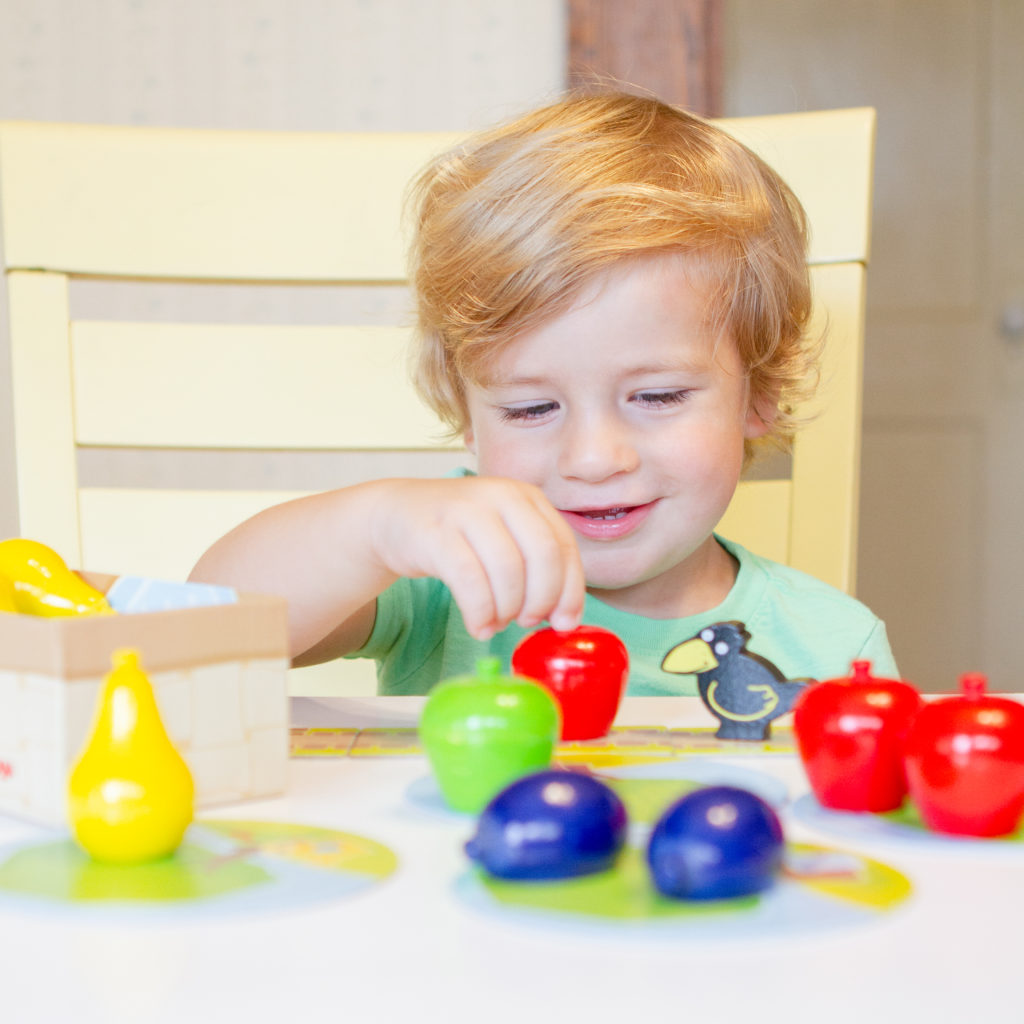
First and foremost, I look for games that are very well made and of the proper materials for the ages they are directed towards. HABA is one of the best for this. If a game is made for toddlers, you can guarantee that the game will feature high quality wooden pieces.
I don’t want to play once or twice and have a kid accidentally rip, break, or in some way bust the game just because they were being a kid.
Truth be told, I want all of my games, for both me and my kids, to be made with great quality components. But when I’m considering purchasing for my younger children, this is an absolute must.
Other companies that do a great job of this include Blue Orange Games, IELLO, LOKI, and Gamewright
2. Art & Theme
Art and theme are huge for me. The illustrations, colorization, and overall feel that is brought to a game from the art can play a huge role in a kids desire to even pick it up. There are games I know my kids are going to be drawn to just because of the art itself. Similarly, theme is also important. Theme will be different for everyone, but there are certain themes that I know my kids will be drawn to and I try to find games that match their interests. Sometimes that means finding a game about dinosaurs, other times it means finding a game that looks like the ones mom and dad play.
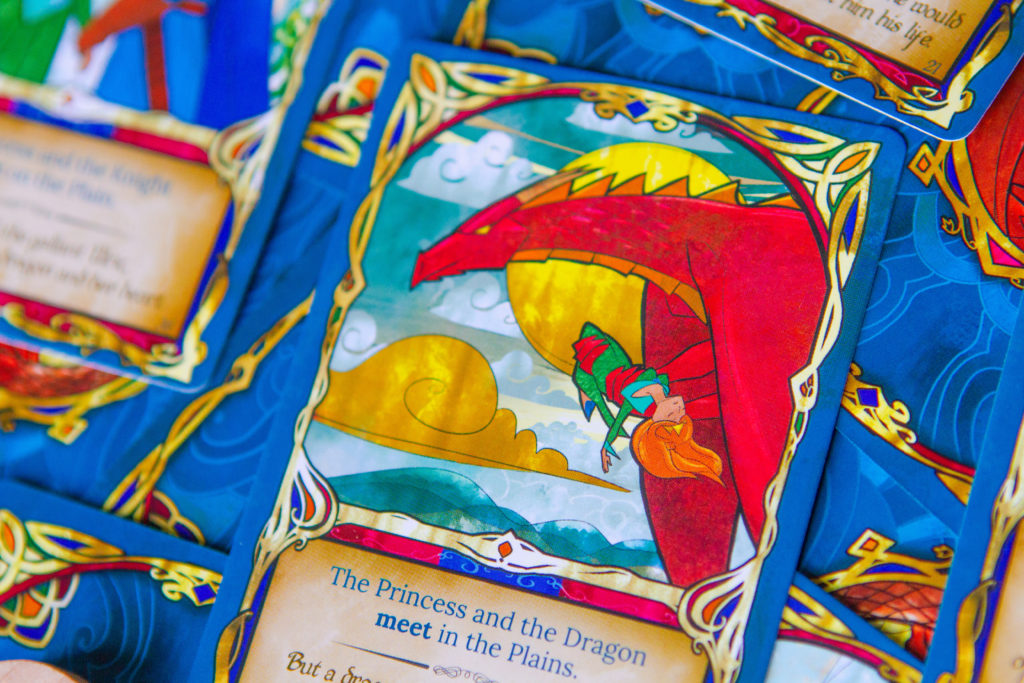
3. Quick Start
The faster we can get to playing, the better. As soon as you decide to play a game, the Attention Span clock starts counting down before the game even gets to the table.
Along with a quick set up time, I want to be able to teach the game quickly. We always try to learn their games first before trying to play with the kids. Otherwise, trying to keep the kids out of the game contents while you’re trying to read the rules to teach them just becomes an utter mess.
4. Nothing Unnecessarily Frustrating
This is as much for the kids’ benefit as it is for mine. Some of the most frustrating things I’ve found in games are things that make it difficult for my kids to play on their own. For example: if a game involves cards that the kids need to hold, I want the cards to actually be able to be held by the kids. If a game has funky card shapes, (think squares, hexes, etc) or awkward sizes, or are too difficult to interpret I’m probably going to pass on it. I want my kids to be able to focus on playing, not fumbling around with things they can’t hold properly.
Now some games, such as dexterity games, are designed to be difficult to do and require a steady hand. (hence: dexterity) That’s fine. It’s more if the design of the game is getting in the way of the player playing the game then I’m not interested in bringing that frustration to the table.
5. Age Appropriate Game Elements
Each game should work on developing some sort of skill that is necessary for playing more difficult games in the future. It’s never too early to start learning the rhythm and flow of how games work. With our toddlers we focus most on turn taking and waiting patiently. They usually don’t care too much about winning or losing yet and just want to play. (For my tips on playing games with really young toddlers, click HERE!)
For our preschoolers, we work on winning and losing and start to introduce some light strategy around age 5 while still focusing on keeping the games fun and enjoyable.
We just try to make sure that we are finding games that hit the mark for where our kids are at age wise or developmentally. To do this, look for games that your child will be able to play while still being challenged in some way.
6. Chance to Make Choices
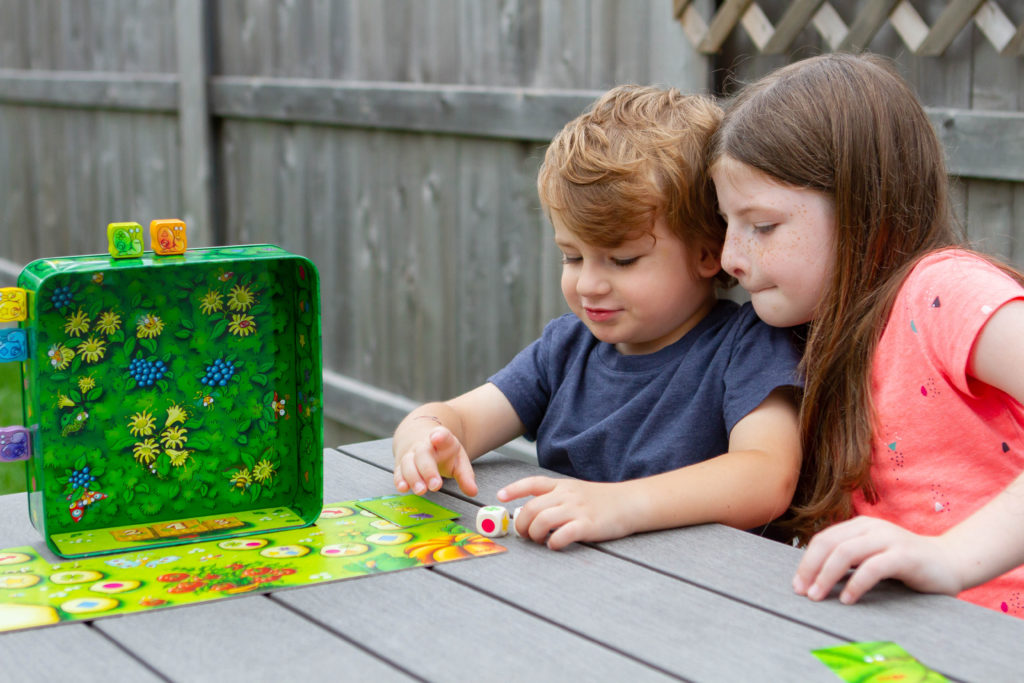
With most every game we play, I want my kids to have to think through and make choices in pursuit of their goal. Learning to strategize is not just an import part of learning how to play games, but it also is a very important element in children developing their critical thinking skills. The older they are, the more I will want them to have to strategize when they play.
Games that do this well: Snail Sprint, Ghost Fighting Treasure Hunters, SOS Dino
7. Game not a Gimmick
Games often have some sort of toy factor when geared toward children. This is fine, but I want it to be first and foremost a game rather than just a silly toy. Do the toy elements serve a purpose? Or do they distract and take away? A game shouldn’t have to rely heavily on its toy factor; if it does, it’s probably not that great of a game.
(Check out THIS POST or THIS POST to see some of the games that fall into this Game or Gimmick category)
8. No Take That
Take That is a style of play where players can make moves that directly attack another player in some way shape or form, thus impeding their progress in the game, usually in a dramatic way. If that sounds to you like a game kids would love then I might suggest you don’t have any kids.
It doesn’t matter how many games your kids have played, Take That mechanics are brutal to younger players. (even some adults…we all know that one player who struggles with this…) It’s almost always a non-starter for me when I see it in a children’s game. I don’t really like to introduce games with Take That style until kids are old enough to understand the concept of luck, have better emotional regulation, and can understand full well that this is an element of the game before beginning to play.
Our daughter Alice (7) has started to play some take that style games, but mostly we keep these to a minimum. I want her to have a sense of accomplishment in being able to see her goal through rather than having someone fly in and squash her plans because of a lucky card draw. It’s one thing to lose because someone played better, it’s another thing to be sabotaged.
9. Longevity
This kind of falls into a getting more bang for your buck area of thought. We try to extend the life of our kids’ games as long as possible. Sometimes this looks like us modifying the rules of a game a little bit to allow a younger player the chance to jump in, like we did with Chicken Cha Cha Cha. Other times this can look like games that come with standard and advanced rules. Memoarrr does this and I love it! (read about both of those memory games in THIS POST.)
The longevity of a game comes into play as well with our above criteria of choosing games that are age appropriate. I’m much more likely to get a game for my kids that might be a touch too difficult or that they are almost ready for, rather than a game that is too easy and they’ve almost outgrown.
10. I Want to Play It
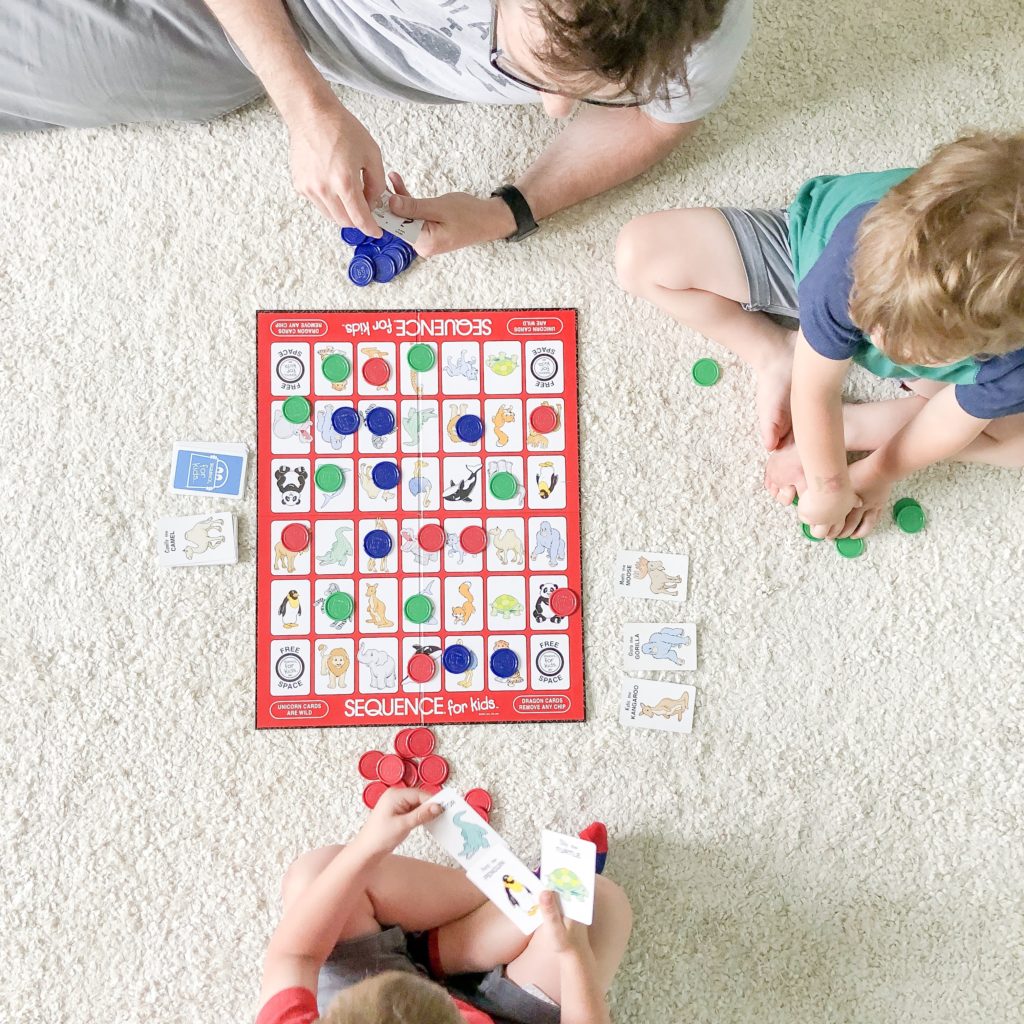
As parents, we have to play these games too, so don’t feel bad if you want to make sure it’s something you are interested in playing. Heck, I choose not to get my kids a lot of things for selfish reasons. Come over to our house and you won’t see any noise toys. That’s on purpose!
Also, if you buy games for your kids that are enjoyable to you, the chance of playing it dramatically increases. Kids pick up on everything and if you are not having fun, they will know, so if you can get a game that both your kids and you will love, why not?!
I hope this list can be a helpful tool for you to use the next time you’re looking for a game! One thing you can always count on is if we are recommending a kid game to you, you can know that it will meet this list of criteria from us!
If you liked this post, be sure to check out these posts:
Tips on Teaching Kids to Lose without “Losing” it.
Tips for Gaming with Toddlers
3 Unique Memory Games
To find all of our game reviews for kids HERE!
* This post contains affiliate links at no cost to you. To read my full disclosure policy click here.*


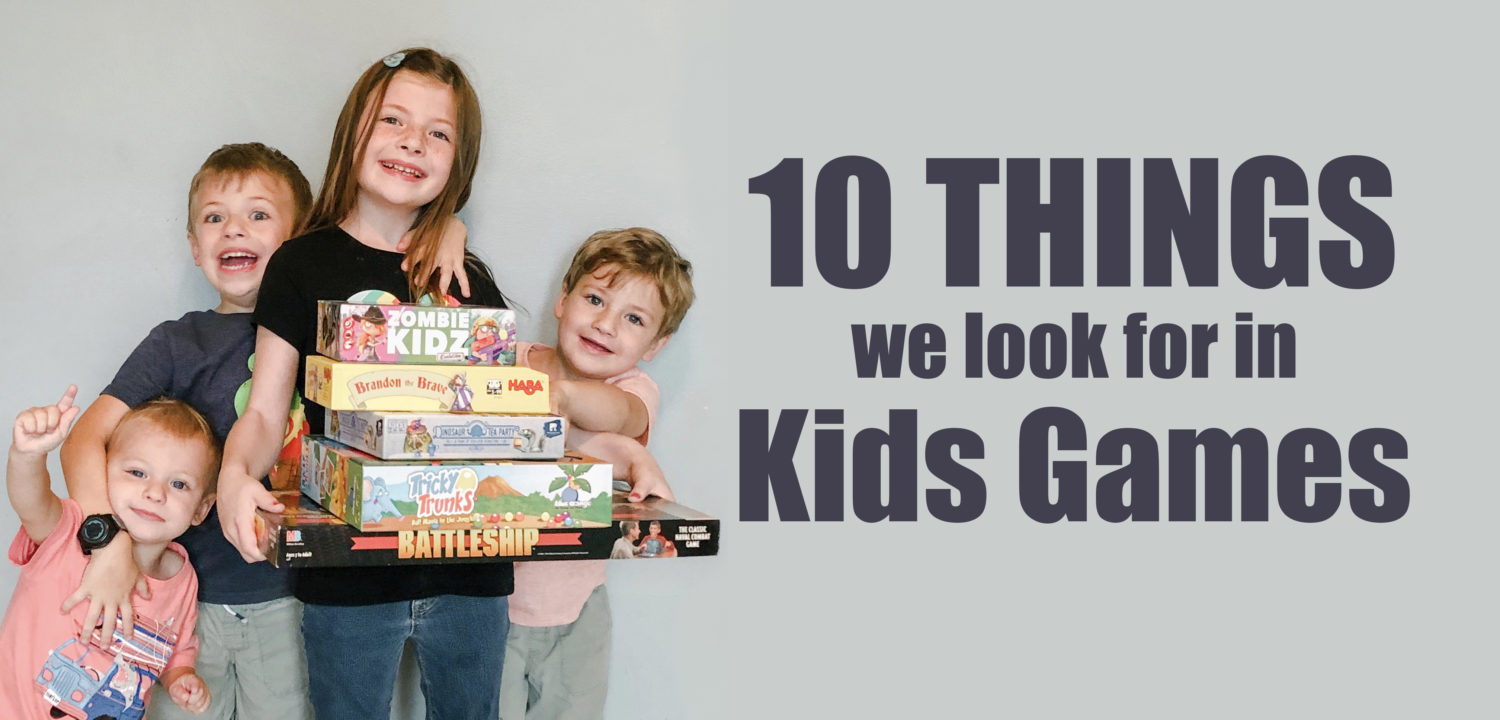
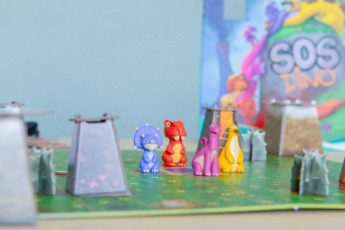
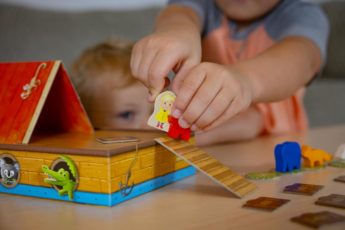
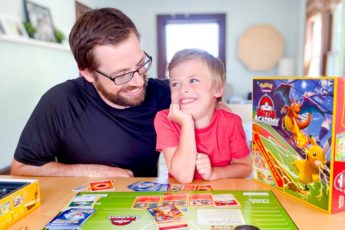




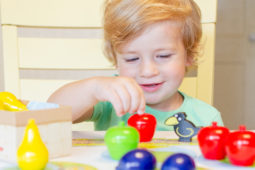
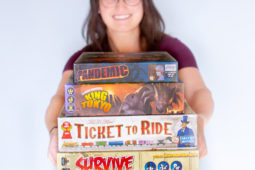
Leave a Comment